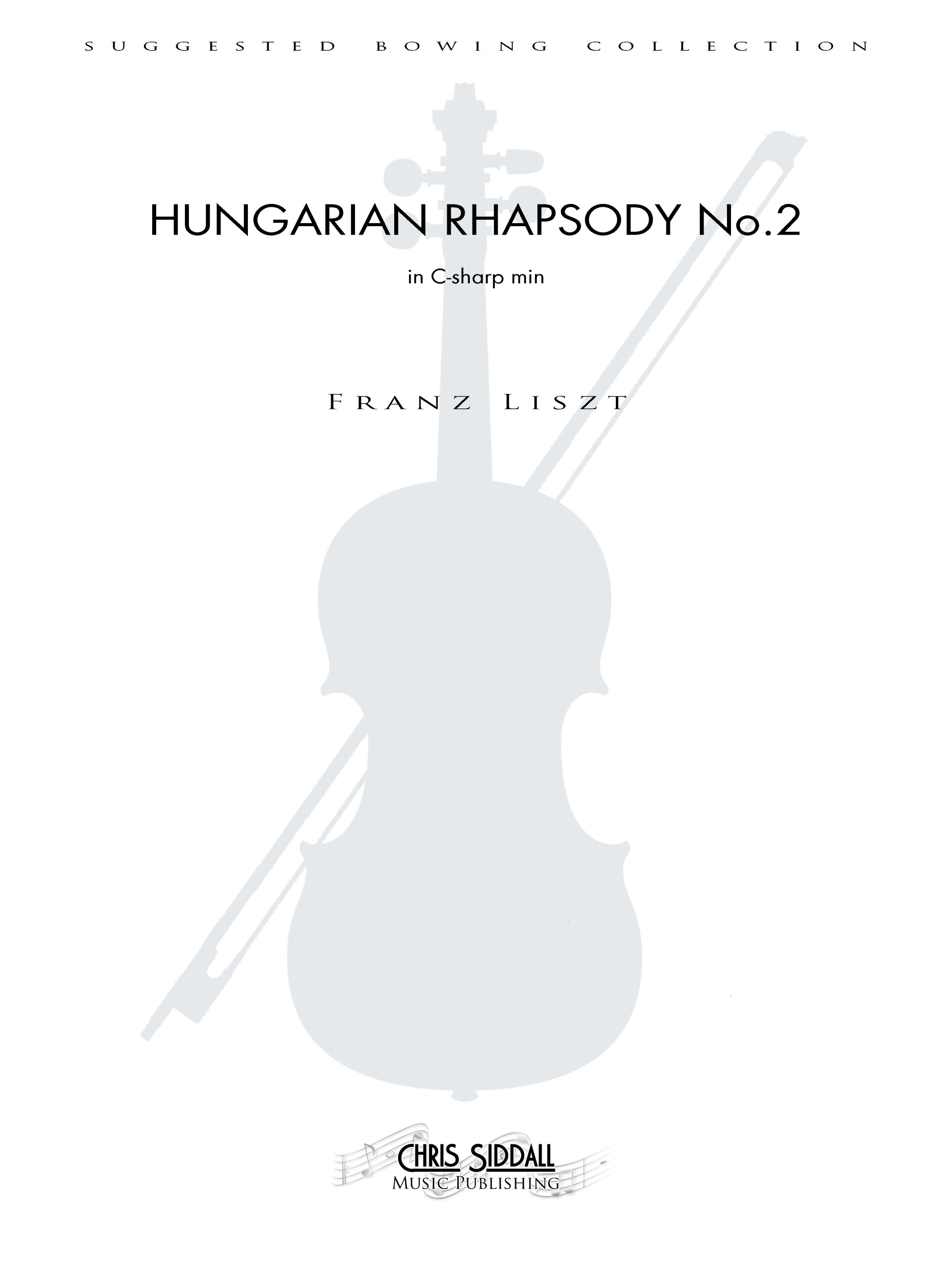

He then would proceed with hair flopping over his eyes, thumping his piano to pieces. The flamboyant pianist would begin a concert by tossing his long blonde hair and throw his green gloves to the floor. He often took to seclusion in his room, and was heard practicing for over 10 hours a day. In Paris, he attended a concert by the virtuoso violinist Paganini and became motivated to become the greatest pianist of his time. It was such a success that Beethoven, who knew his father, rushed up on stage and kissed him. After moving to Vienna to study under Salieri (Mozart's supposed rival), Liszt made his first public performance at the age of 9. Liszt displayed incredible talent at a young age, easily sight-reading multiple staves at once. The third and final version of the Transcendental Études was published in 1852 and dedicated to pianist and composer Carl Czerny, Liszt’s piano teacher, who was also a prolific composer of études.You whippersnappers may think celebrities are a phenomena of the modern age but Hungarian composer and pianist Franz Liszt (1811-1886) was just as famous throughout Europe as Lady Gaga and her ilk are today. Its themes have also served as the basis. In both the original piano solo form and in the orchestrated version this composition has enjoyed widespread use in animated cartoons.

They cover a wide range of moods and require mastery of a variety of virtuosic techniques. 2 in C-sharp minor, S.244/2, is the second in a set of 19 Hungarian Rhapsodies by composer Franz Liszt, and is by far the most famous of the set.

The Transcendental Études are a set of twelve highly varied and technically demanding compositions that pushed contemporary pianos (and pianists!) to the limit. Listen to the Best of Liszt on Apple Musicand Spotify. Scroll down to discover our selection of the best Liszt works featuring ten masterpieces by the great composer. The Piano Sonata In B Minor (1853) is generally acknowledged to be Liszt’s masterpiece and is a model of his technique of thematic transformation, which is also prominent in the symphonic poems. His piano works, including the Études, the Hungarian Rhapsodies, and the Mephisto Waltzes, are brilliant showpieces requiring both technical skill and expressivity. He also composed and performed orchestral music, including symphonic poems. 2 by Franz Liszt on piano roll, or player piano, mixed and mastered with high quality audio. Liszt made superb piano transcriptions of symphonies, operas, and large orchestral works of other composers, including Beethoven, Berlioz, Mozart, and Wagner. The most decisive influence, however, came from the virtuoso violinist Nicolò Paganini who inspired him to become the greatest pianist of his day and to push piano technique through previously unimagined difficulties to attain new brilliance and sonorities.

Liszt was a friend of many important composers of his time, including Frédéric Chopin, Hector Berlioz, Camille Saint-Saëns, and Richard Wagner. He is best known for his virtuoso piano compositions which are amongst the most technically challenging in the repertoire. Franz Liszt was a Hungarian virtuoso pianist and one of the most important composers of the Romantic era.


 0 kommentar(er)
0 kommentar(er)
